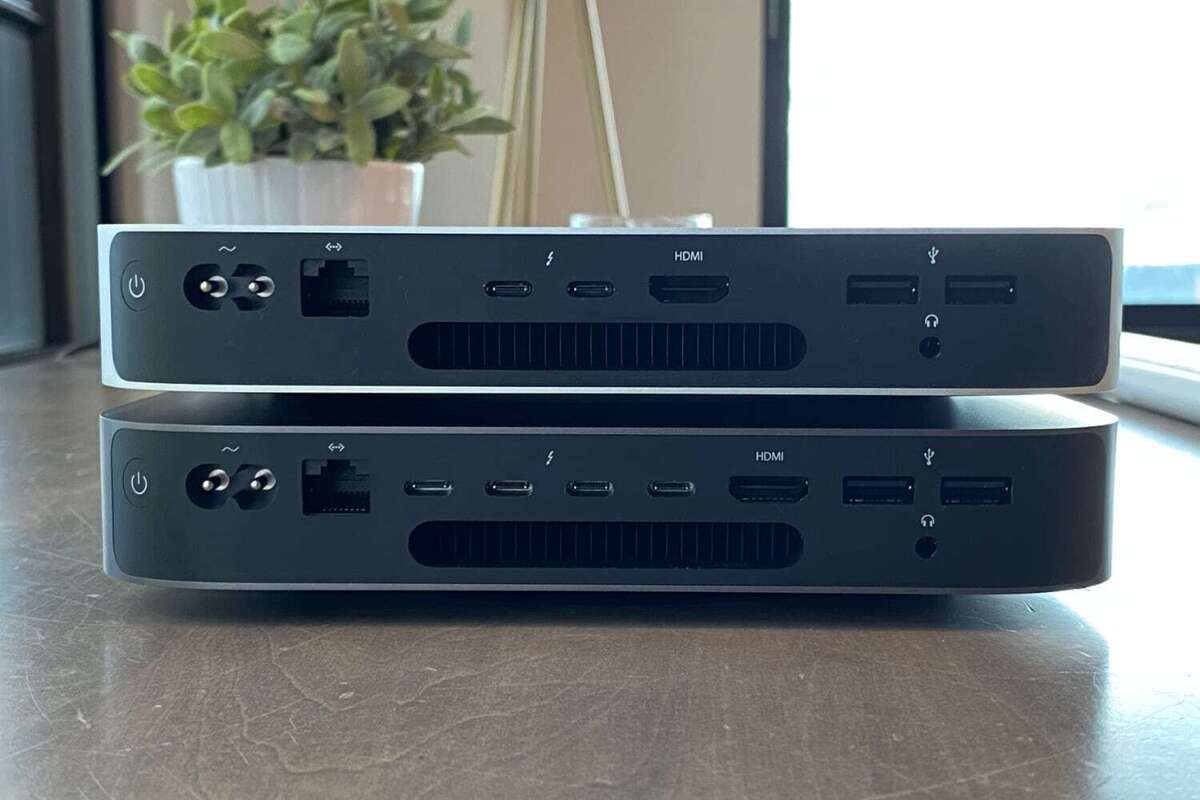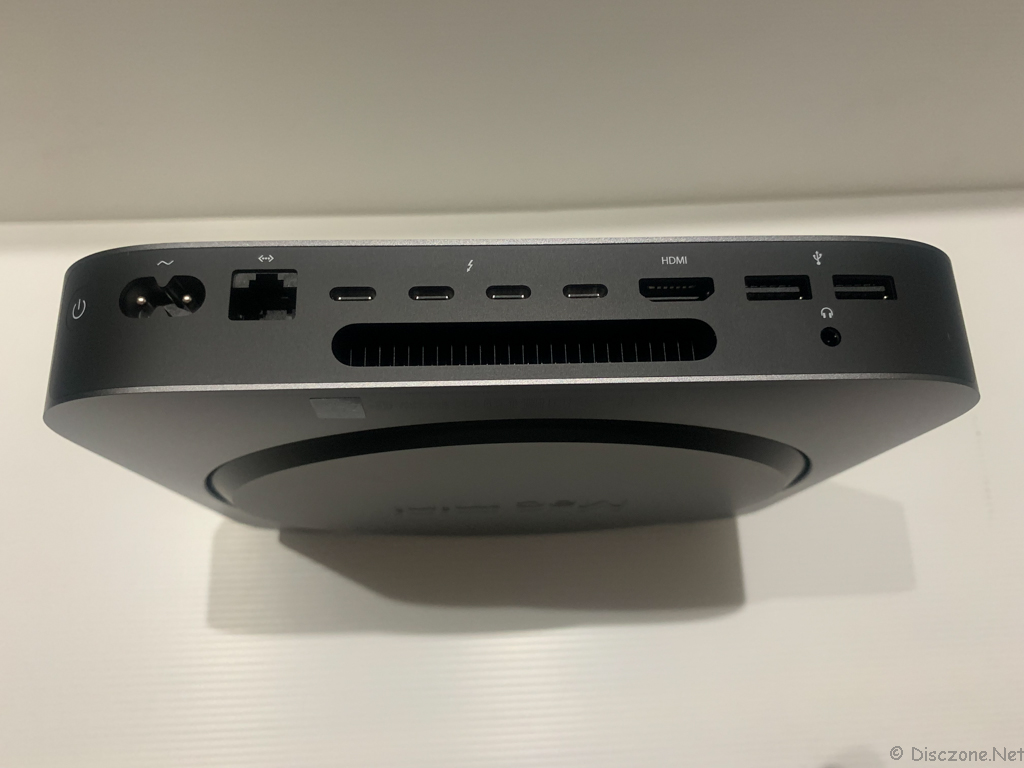

Please keep in mind that we don’t recommend playing live audio through Mac internal speakers - this can cause audio latency. Remember to also check the audio settings on your video conferencing software! Select Catchbox as the microphone input source. If transmitter and receiver aren't paired:ġ) press the pairing button on the receiver and press both volume control buttons simultaneously on the transmitterĢ) Solid LED lights on the transmitter and receiver mean the pairing was successful.
#Mac mini mic port plus#
Pair the transmitter and receiver - no pairing is necessary as Catchbox Plus is already paired with its receiver in our facility. Turn on the transmitter and receiver - the status LED should turn green on both. Remove the transmitter from the cover - twist the cylinder 90 degrees to release the magnetic lock and pull it upwards. You should hear a slight click when the magnets lock.Ĭonnect the receiver - plug the included USB data cable to the computer’s USB port and connect it to the receiver’s micro-USB socket. Place the transmitter into the cover - make sure to secure the magnetic lock between both! Do this by aligning both black triangle marks on the cover and transmitter. Solid LED lights on both receiver and transmitter mean the pairing was successful.Īdjust settings on Mac - go to System Preferences -> Sound -> Output, and select “Catchbox”.Īdjust the volume level - test it first by speaking into the microphone and adjust it using the volume knob on the receiver and/or transmitter. Pairing the 2nd generation Catchbox Lite: Press the pairing button on the receiver and press both volume control buttons simultaneously on the transmitter

Pairing the 1st generation Catchbox Lite: Press the pairing button on the receiver and on the transmitter.

If transmitter and receiver LED lights aren't solid, this means the units aren't paired. Turn on both the transmitter and the receiver - the status LED should turn green on both. Remove the transmitter from the cover - twist the cylinder 90 degrees to release the magnet lock and pull it upwards. Plug the included USB audio adapter to the computer’s USB port and connect it to the receiver’s audio-output using the provided audio cable.Connect the power supply to the receiver and plug the cord into an AC power source.Here you can find instructions for both Catchbox Plus and Lite setup with Mac or Mac Mini. The easiest way around this is to use a converter cable like this, which will cost less than $10.How to connect Catchbox to a laptop (Mac) Must read: Coronavirus social distancing got you down? Tips and tricks to help you get through it So, what can you do? You have a few options. The MacBook needs a TRRS jack, which stands for "tip, ring, ring, sleeve," and this has four bands. The headphone jack is called TRS, which stands for "tip, ring, sleeve," and if you look closely at the jack, you'll seen three bands on it. Well, the problem is compatibility between the microphone jack and the jack built into the MacBook. If you connect a mic and it shows up as headphones, the following will help you. Old MacBook Airs use a TRRS microphone socket, which accept a mic input see here.
#Mac mini mic port pro#
Note : This is the case for MacBook, MacBook Air, and MacBook Pro, and iMacs, along with a lot of modern Windows laptops. Apples M1-based Mac mini, MacBook Air, and MacBook Pro have set new. So, what's the problem, and what do you do about it?

No matter how much they plug and unplug it, twist it around, or turn the air blue with enthusiastic cursing. It seems that a lot of people who suddenly found themselves working from home have discovered something rather annoying - while they can plug a microphone into the 3.5mm headphone jack on a MacBook, it doesn't work. Google Drive alternative: Decentralized and encrypted


 0 kommentar(er)
0 kommentar(er)
